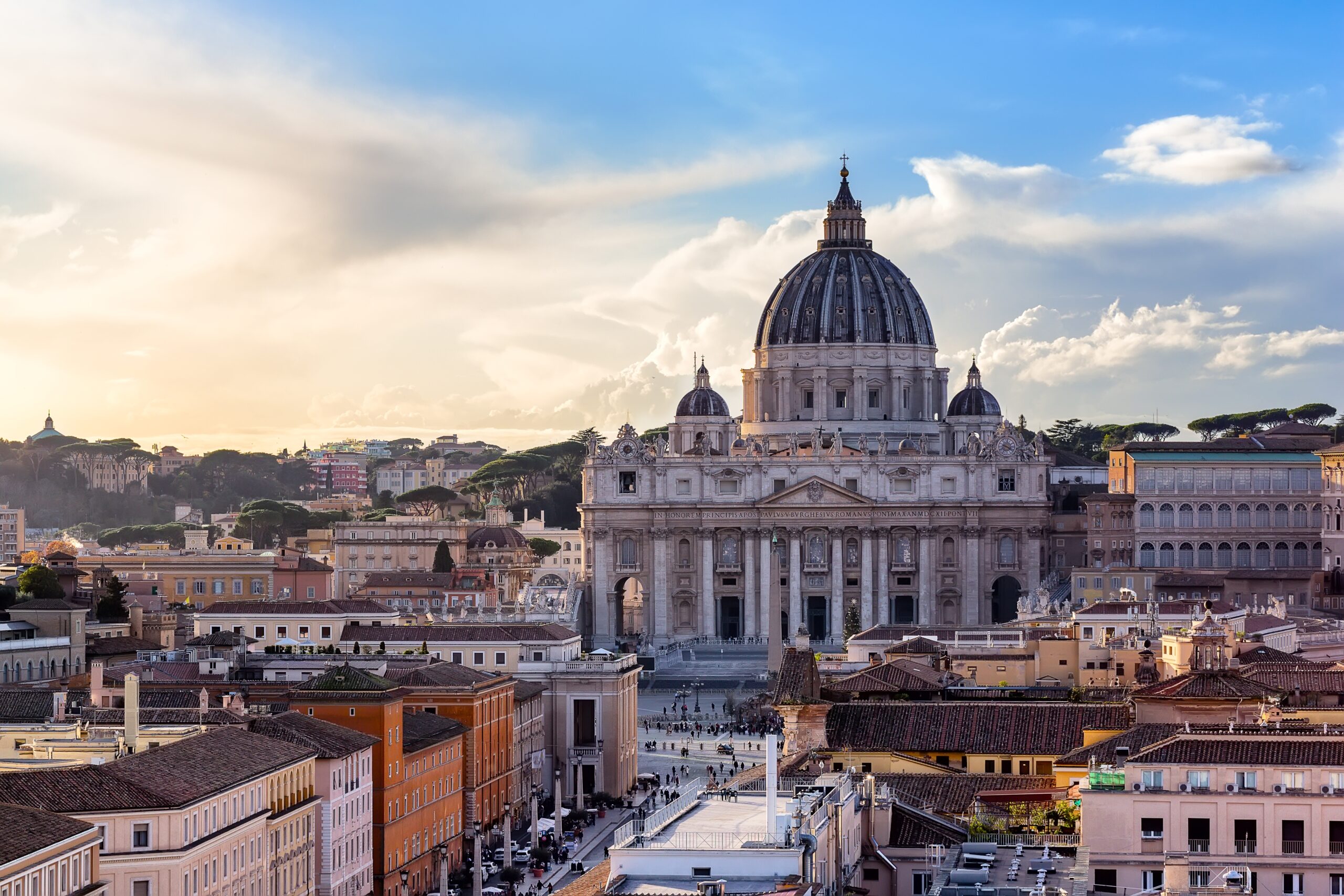The Vatican announced that the Pope will open five “sacred portals” on Christmas Eve. The ceremony will be the first time this is done and is set to coincide with the 2025 Jubilee Year. Jubilees have been celebrated every 25 years since the Vatican adopted the tradition in 1300. This year’s theme is ‘Pilgrims of Hope’. The ceremony, dubbed “doorway to salvation” by the Vatican, involves the opening of five “Holy Doors” at ancient basilicas. The doors are located at the basilicas of St. Peter, St. John Lateran, St. Mary Major, and St. Paul Outside the Walls, all within a 30-minute drive of the Vatican.
The ceremony began on December 2 at the door of St. Peter’s Basilica. Prayers were held at the site, and a metal box containing a key was removed from a metal box.
🚨Update: Pope to Open 5x Sacred Portals on Christmas Eve, This Ritual Has NEVER Been Done Before!
— US Civil Defense News (@CaptCoronado) December 12, 2024
The door at St. Peter’s was sealed shut by a wall of bricks, but on Dec. 2 they were ripped down to ready the door as part of 'The Rite of Recognition'
Starting on Dec. 24, the… pic.twitter.com/nmtPknBIPr
The second portal, a symbolic door at the Rebibbia prison in Rome, will be opened by the pontiff on Dec. 26 for the feast of St. Stephen.
On December 29, the Holy Door of Basilica Saint John Lateran will be opened. Pope Francis is the bishop of this basilica.
On New Year’s Day, the Solemnity of Mary, Pope Francis will open the Holy Door at the Papal Basilica of Saint Mary Major in Rome.
The final sacred portal will be opened on Jan. 5 at the Papal Basilica of Saint Paul Outside the Walls. The Holy Doors will be sealed with bricks once again on Jan. 6, 2025, to await the next jubilee year.
The insides of the doors were sealed with brick, which was removed before the Pope opened them. When Jubilee finishes on January 6, 2025, the Pope will be the last person to walk through each of the four doors before closing them, which will then be bricked up and sealed.
For the first time, the ceremony will include one “hypothetical” door at Rebibbia prison, Italy’s largest correctional facility, intended as a message of hope to prisoners.

‘I propose that in this Jubilee Year, governments undertake initiatives aimed at restoring hope; forms of amnesty or pardon meant to help individuals regain confidence in themselves and in society; and programs of reintegration in the community,’ Pope Francis said in a statement.
The ceremony has no source in the Bible or Christian theology but may be a reference to a verse in the New Testament; “I am the door. If anyone enters through Me, he will be saved” (John 10:9).
Pope Boniface VIII was the first to Christianize the ceremony in 1300 CE and later proclaimed it to be held every 100 years. But two years later, the Jubilee was changed to every 50 years. It was not until 125 years after the first celebration that the first Holy Door was opened in the archbasilica of St. John Lateran, the oldest public church in Rome, which was built in 324 CE. In 1474, Pope Paul II established that the Jubilee should be held every 25 years, which followed the tradition of opening all four basilica doors.
The ceremony is highly reminiscent of a section of the Talmud (Sanhedrin 98a) dealing with signs the Messiah is imminent:
“Rabbi Yosei ben Kisma’s students asked him: When will the son of David come? Rabbi Yosei ben Kisma said: I am hesitant to answer you, lest you request from me a sign to corroborate my statement. They said to him: We are not asking you for a sign. Rabbi Yosei ben Kisma said to them: You will see when this existing gate of Rome falls and will be rebuilt, and will fall a second time and will be rebuilt, and will fall a third time. And they will not manage to rebuild it until the son of David comes.”




